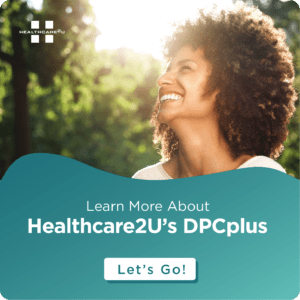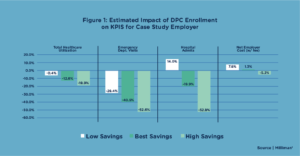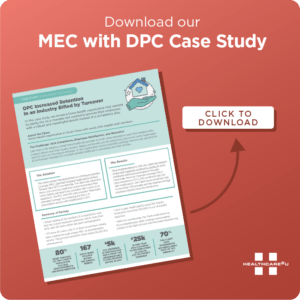Finding the fountain of youth is a burgeoning mission of the scientific community worldwide. Amazon’s Jeff Bezos and PayPal co-founder Peter Thiel pooled their resources with others to provide $385 million in funding for one biotech startup in pursuit of anti-aging technology. This concept appeals to investors because it’s not just about slowing the hands of time but also focuses on reversing the effects of time and rejuvenating people.
At the center of anti-aging research are senescent cells. Researcher Judith Campisi at the Buck Institute for Research on Aging in California elucidated the nature of these “zombie” cells in 2008. She discovered the cells secrete a mixture of malignant factors that poison surrounding tissues. Like a bad strawberry in the bunch, these cells rot everything around them and cause aging and chronic disease.
What Causes Aging in the Body?
Cellular senescence contributes to frailty and physical dysfunction, even in the absence of diagnosable disease. Many of the cells in the body are destined to become senescent at some point. Radiation exposure, chemotherapy, metabolic stress, and high fat intake promote senescent cell accumulation.
Senescent cells express different genes than healthy cells, and they are prohibited from reproducing or dividing naturally. To solicit help from other healthy cells, they spew out inflammatory “SOS” signals. The inflammation created by senescent cells can lead to tissue deterioration and even turn healthy cells senescent. This spreading of cellular senescence may even occur across various tissue types in the body, like when senescent cells in fat tissue diffuse senescence-causing inflammatory signals to muscle tissue.
How to Slow the Aging Process
A healthy immune system normally clears damaged and senescent cells from the body before they can cause severe damage. But suppose the burden of senescent cells becomes too great. In that case, these cells and their inflammatory secretions can compromise the immune system, leaving it prone to an over-accumulation of senescent cells.
While scientists study the effects of anti-aging drugs, or senolytics, on expelling senescent cells and their putrid cocktail of decay from the body, research has shown some natural senolytics. Keys to slow aging include: exercise, reducing stress, a healthy diet, intermittent fasting, quality healthcare.
Quality Healthcare Leads to Better Health Outcomes
A primary care physician serves a very vital function in the life of a patient. This relationship is designed to be the foundation of good health by providing preventive screenings, early diagnosis, and treatment plans to cure or prevent the escalation of disease states. We take for granted that everyone knows the importance of screenings, proper diet, and exercise, or what that even looks like. But depending on upbringing, socioeconomic status, and access to healthy foods, the blueprint for a healthy lifestyle is not always a given.
That’s why everyone needs to have access to quality primary care at an affordable price. Something as basic as checking blood pressure or monitoring cholesterol can save a life or push back the hands of time a little longer. As an employer, you can not only promote a healthier workforce by implementing the right health plan; but you can also save money on your health plan by providing a no-claims healthcare membership that promotes an ongoing relationship with a primary care provider.
Direct primary care differs from insurance because there are no claims for day-to-day care, preventive screenings, or early-stage chronic disease management. By offering this membership to staff for a low monthly fee, employers can position themselves and their team for a healthier future.
If you’d like more information on no-claims healthcare, contact Healthcare2U.






